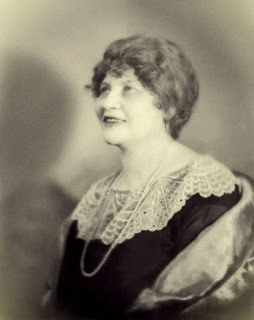The composition was commissioned by bandleader Paul Whiteman. It was orchestrated by Ferde Grofé several times, including the original 1924 scoring, the 1926 "theater orchestra" setting, and the 1942 symphony orchestra scoring, though completed earlier. The piece received its premiere in the concert, An Experiment in Modern Music, which was held on February 12, 1924, in Aeolian Hall, New York, by Whiteman and his band with Gershwin playing the piano.
The editors of the Cambridge Music Handbooks opined that "The Rhapsody in Blue (1924) established Gershwin's reputation as a serious composer and has since become one of the most popular of all American concert works."
Rhapsody in Blue premiered in an afternoon concert on Tuesday, February 12, 1924, held by Paul Whiteman and his band, the Palais Royal Orchestra, titled An Experiment in Modern Music, which took place in Aeolian Hall in New York City. Many important and influential musicians of the time were present, including Sergei Rachmaninoff, Igor Stravinsky, Fritz Kreisler, Leopold Stokowski, John Philip Sousa, and Willie "The Lion" Smith. The event has since become historic specifically because of its premiere of the Rhapsody.
The purpose of the experiment, as told by Whiteman in a pre-concert lecture in front of many classical music critics and highbrows, was "to be purely educational". It would "at least provide a stepping stone which will make it very simple for the masses to understand, and therefore, enjoy symphony and opera". The program was long, including 26 separate musical movements, divided into 2 parts and 11 sections, bearing titles such as "True form of jazz" and "Contrast: legitimate scoring vs. jazzing". Gershwin's latest composition was the second to last piece (before Elgar's Pomp and Circumstance March No. 1). Many of the numbers sounded similar and the ventilation system in the concert hall was broken. People in the audience were losing their patience, until the clarinet glissando that opened Rhapsody in Blue was heard.
The Rhapsody was performed by Whiteman's band, with an added section of string players, and George Gershwin on piano. Gershwin decided to keep his options open as to when Whiteman would bring in the orchestra and he did not write down one of the pages for solo piano, with only the words "Wait for nod" scrawled by Grofé on the band score. Gershwin improvised some of what he was playing, and he did not write out the piano part until after the performance, so it is unknown exactly how the original Rhapsody sounded.
The opening clarinet glissando came into being during rehearsal when; "... as a joke on Gershwin, [Ross] Gorman (Whiteman's virtuoso clarinettist) played the opening measure with a noticeable glissando, adding what he considered a humorous touch to the passage. Reacting favourably to Gorman's whimsy, Gershwin asked him to perform the opening measure that way at the concert and to add as much of a 'wail' as possible.
One of my favorite versions of this masterpiece is by Leonard Bernstein, but nothing captures the emotion of 1920s America more than Rhapsody In Blue...





























